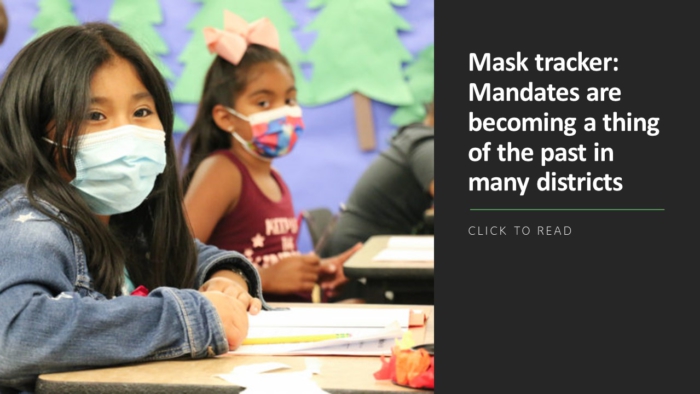
When I joined Bristol Public Schools as its first-ever communications director in November 2020, the COVID-19 pandemic was about eight months old and schools nationwide were struggling with how to educate and support their students and families through various learning models.
One of my first action items was to conduct a communications audit, a strategy that I had used successfully in prior roles. I knew that it would reveal some of the biggest challenges and opportunities that our district was managing at the time.
I spoke with all our district leaders, including our central office cabinet members and principals, and began gathering both qualitative and quantitative data on how we communicated with our families. Through this exercise, I learned that teachers and staff at our 8,000-student district were using a variety of tools, not only at the district level, but at the individual school, grade, and classroom levels to communicate with our families.
This was causing a lot of confusion among senders and recipients. It also created security issues and data gaps, the latter of which were particularly prevalent for families with multiple children in the district at different schools.
One of my main concerns was that we did not have a reliable, centralized medium for distributing information, where families would know that the information they were receiving was 100% accurate. Information and content were being pieced together across fourteen different schools and programs. We needed a singular, centralized voice.
Here are five criteria that we used to select a school-home communications platform to enable that voice:
- Accurate translation capabilities. With a diverse student body that speaks 35 different languages, we knew that a platform with translation abilities would ensure higher contactability rates. We really liked what ParentSquare offered in this regard. For example, we had a family that spoke Spanish at home and the student was struggling with word problems in math. To help, one of our department heads used the platform to assist with the homework and help the parents understand the word problems. I was sitting there watching those communications go back and forth from Spanish to English and it was incredible.
- Regular contact information updates. Like many districts, we struggle with undeliverable emails. When we launched the new communications platform, we quickly saw our reach hit nearly 99% with our families because we had a lot of people update their outdated contact information in our student information system (SIS). That has been a great way to update contact information for everyone.
- Good data security and searchability. We wanted a platform with first-rate data security features, which are particularly useful when we are sending photos or videos that require signed waivers on an annual basis. The platform also offers easy-to-understand analytics that we can use to review which posts are performing better than others for specific schools. We can figure out why the posts may not be working well and then show our principals or teachers how to tweak those posts to attract more engagement. This helps me become more in tune with what is happening on a day-to-day basis in our classrooms.
- Provides the data. Before we implemented our school-home communications platform, we did not know whether anyone was reading the emails that we were sending out. For example, when we issued communications about the pandemic, we just presumed that people were opening and reading those messages – but we did not have the data to back up those assumptions. Today, we can see what our messaging is, what resonates and what does not, and what our parents truly care about. I do not know how districts operate without these types of metrics.
- Helps districts operate in real-time. Today’s districts must operate in “real-time” because with all the technology at their disposal, people can find information before we even have a chance to send it out. Knowing what that information is and how we are going to quickly communicate it with the correct details has always been important, but it is especially critical now in the times we are living in. Our school-home communications platform helps us stay out in front of news, be the key deliverer of information and be the first to tell our stories.
Everything under one roof
Without our platform, it would be challenging to know what was happening on a day-to-day basis across all our schools and programs. My role is very district-level driven, but as the communications leader, it is important that I know what we are saying at the school and classroom levels. Now with everything under one roof – versus being scattered across multiple systems and approaches – I can also ensure cohesive, accurate communications across all our systems.
Brian Burke is Executive Director, Office of Communications, Community Partnerships, and Strategic Planning for Bristol Public Schools in Bristol, CT.
More from DA









